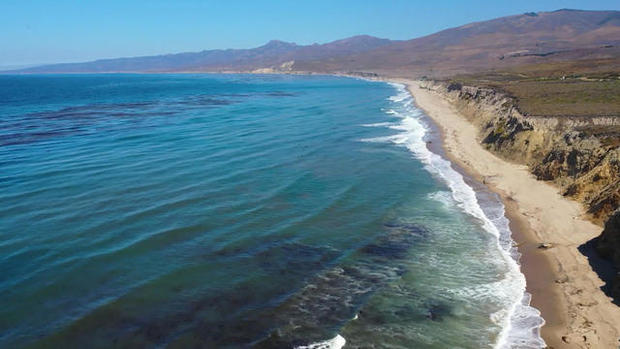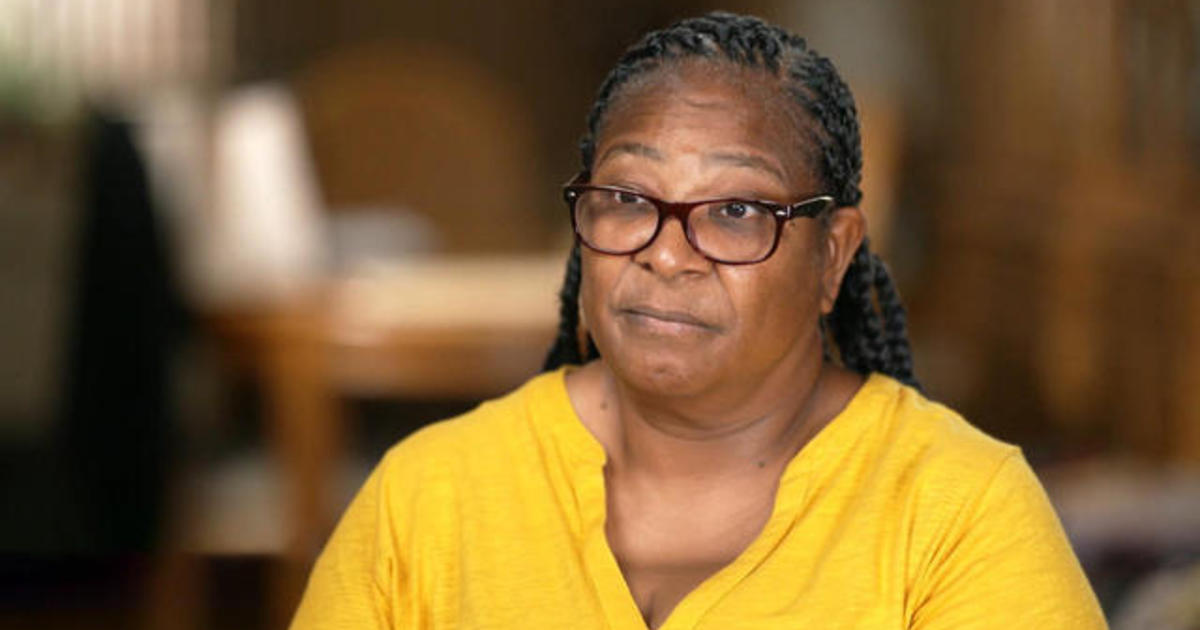Indigenous tribe works to establish marine sanctuary along California coastline
Halfway between the technology capitol of the world and the Hollywood Hills is a stretch of pristine California coastline where nature still reigns.
It's part of an ancestral territory that was once dotted with Indigenous villages. The Chumash tribe was "stewards of these waters," according to Violet Sage Walker, head of the Northern Chumash Tribal Council, and coexisting alongside the complex food web compromised of coral, fish, seals, sharks and dolphins allowed the tribe to thrive. However, European invasions sparking death and displacement led to a dramatic dwindling of the Chumash population.
Now, the Chumash tribe is leading a push to turn this section of coastline into a marine sanctuary six times the size of Yosemite National Park. Marine sanctuaries are the aquatic equivalents of national parks, and are federally protected. Other marine sanctuaries include the Florida Keys and the Olympic Coast, and such areas receive federal resources for preserving, restoring and celebrating the unique underwater worlds.
"In order to preserve something, in order to protect something, people have to love it, and that is like giving us the opportunity, the world stage, to share our stories and our history and why this place should love it," Walker said.
The tribe is working with the National Oceanic and Atmospheric Administration, and are just months away from clinching that federal designation, which will dub the area the Chumash Heritage National Marine Sanctuary.
"We're in a place today that's the first of its kind, and that's because conservation efforts are being led by tribal people," Walker said. If the area receives a marine sanctuary designation, it will be the first one to have been proposed by an Indigenous group.
While the long-held dream of a marine sanctuary is now within the tribe's grasp, the light at the end of the tunnel did not always look so bright. Threats of industrialization have loomed over this treasured ecosystem for decades. Walker said tribal relatives became environmental activists in 1969 after an oil spill in the area's Santa Barbara channel. Slow Guiterrez has been sounding the alarms since the 1970s, when a proposed massive liquified natural gas terminal threatened Point Conception, a sacred Chumash site.
"We got a call from somebody downtown that they were bulldozers was digging out on private land, where our burials and stuff are," Gutierrez recalled.
For 14 months, he took part in an occupation that succeeded, helping derail what he saw a desecration of sacred land.
"We were out there to die for that land, to protect our ancestors. Without Point Conception, our people wouldn't pass through the Western gate, go into what you call heaven. And that's a no-no."
The effort to establish the marine sanctuary began in 2015, when Walker's late father, Fred Collins, filed a proposal with the NOAA. He hoped it would put a cap on the endless environmental threats.
"When my dad passed away, he was like, you need to finish it, and that it was the most important thing he had ever did in his life," Walker said.
After sitting idle for years, the proposal was brought to life under President Joe Biden, who has prioritized environmental conservation and Indigenous leadership.
"For the Chumash people, they have been a bit overlooked, unfairly, for some time now," said NOAA representative Mike Murray, who is working with Walker on the final push for the marine sanctuary. "We are here at NOAA to say, with Violet and others, 'Let's work in partnership and change that. Let's have this protected area and every coastal attraction or visitor center or sign that one might encounter make it clear that this is Chumash territory, and this is very special, and there's deep meaning in that.'"
The sanctuary would protect 150 miles of coastline and 5,600 square miles of the Pacific Ocean. The exact boundary has yet to be determined, but in essence, it would connect two existing sanctuaries, creating a continuous stretch of protected ocean.
"I think (it) makes a lot of sense, because whales migrate through all of those spaces. Kelp forests can be found the full length ... through all three marine sanctuary areas," Murray said. "I think it's going to give us a chance to manage more comprehensively, in a way that matches up with the way the ecosystem truly exists."
Walker said that it's a relief to be so close to establishing a sanctuary, but that it has been "exhausting" to be the third generation fighting for the conservation of Indigenous land.
"All over the world, tribal people are the first people that are affected by climate change. They're the first people affected by industrialization and by pollution," she said. "We are the ones that are saying 'Let's protect this. Let's save this.' But it shouldn't be so hard, and it shouldn't take so long to conserve something so beautiful. Through all the things we have faced, it says more about our people that we're still here and we're still fighting for our place."




